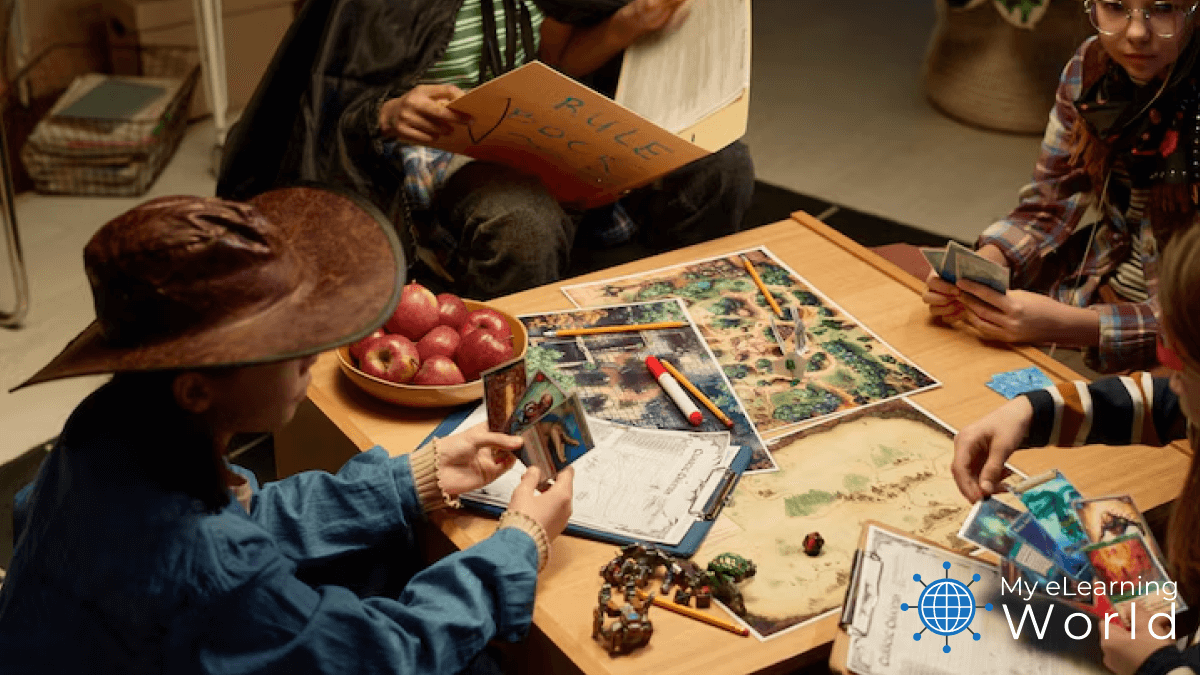There’s a special kind of magic that happens when learning is no longer separated into boxes. When science bleeds into storytelling, when math is woven into music, when history is painted across a canvas or planted in the soil outside your door. That’s the essence of a cross-curricular unit study. And in a world that’s becoming more fragmented and fast-paced, I believe we need this kind of integrated, holistic learning more than ever.
At Outsiders Adventure Co., our classrooms don’t have fluorescent lights or plastic desks. They’re found under oak trees, in muddy fields, around campfires, and inside journals that smell like sunshine and wild mint. And in this kind of space, siloed learning just doesn’t work. You can’t study the migration of monarch butterflies without brushing up against geography, climate science, storytelling, art, and poetry. You can’t plant a garden without dipping your hands into chemistry, measurement, culinary history, and a little faith that things grow.
What we’ve found is this: when you build learning around exploration, students light up. They lean in. And they remember.
Cross-curricular unit studies are the framework that lets that kind of learning thrive. Whether you’re designing for a homeschool co-op, a virtual learning platform, or a project-based classroom, these kinds of units invite students into curiosity-driven, deeply personal, and profoundly effective educational experiences.
Let’s explore how to design them—from spark to structure.
1. Start with the Spark: Choose a Theme That Stirs Wonder
All great unit studies begin with a spark—a question, a story, a moment in history, a natural phenomenon, or even an object. The key is to pick something that evokes wonder, something open-ended and ripe for exploration.
Here are a few tried-and-true examples:
The Moon (science, mythology, poetry, art, lunar calendars)
The Silk Road (history, trade, geography, textiles, economics)
Bees (biology, agriculture, environmental science, hexagon geometry, folklore)
The Renaissance (art, invention, social movements, literature, music)
Pick a theme that can carry the weight of multiple subjects. But more importantly—pick something that you are excited about. Your curiosity is contagious.
Ask yourself:
What questions would I want answered if I were a student?
What real-world connections does this topic offer?
What hands-on experiences could anchor this theme?
Let the spark lead the way.
2. Map the Subjects: Layer Learning, Don’t Separate It
Once you’ve chosen your theme, it’s time to map out how each subject can fold naturally into the topic. This is where the beauty of cross-curricular learning shines. Instead of dividing time between math, reading, and science, you build bridges between them.
Let’s say your theme is Oceans:
Science: Study marine ecosystems, tides, coral reefs, and ocean conservation.
Art: Paint sea creatures, create watercolor wave studies, sculpt fish from clay.
History: Explore ancient seafaring cultures, the Age of Exploration, or maritime trade routes.
Math: Graph ocean depth, measure salinity, calculate distances across seas.
Language Arts: Read legends from coastal communities, write ocean poetry, research and present on marine animals.
Geography: Map ocean currents, identify continents connected by oceans, trace migratory paths of whales.
See how it weaves together? The student doesn’t feel like they’re switching gears. They’re diving deeper into a single, cohesive exploration.
Create a web, not a list. Visualize your unit as a central theme with threads branching out into subject areas. Keep asking:
Where does this subject naturally overlap with another?
What real-world activity could bring two (or more) disciplines together?
3. Anchor It in Hands-On Experiences
Cross-curricular units should feel alive. They should invite movement, building, tasting, experimenting, creating, and interacting.
After all, the best way to understand erosion isn’t by reading about it—it’s by watching what happens when you pour water over a hill of sand.
Here are some anchor activities that bring it all together:
Field trips (museums, botanical gardens, nature hikes, historical landmarks)
STEM builds (catapults, water filtration systems, insect hotels)
Cooking projects (baking hardtack during a pioneer unit, making sushi during a Japan unit)
Art installations (giant collaborative murals, dioramas, timeline collages)
Role play or simulation days (Medieval Day, Market Day, Space Mission Day)
Let the students do what they’re learning. Let their hands get dirty. That’s how learning sticks.

4. Layer in Reflection and Meaning
A strong unit study doesn’t just load students with information—it helps them make meaning of what they’re learning. One of the best ways to do that is through reflection.
Encourage students to:
Keep a unit journal for drawing, writing, collecting thoughts, and documenting projects.
Share exit reflections at the end of each week.
Write or record personal connections—What surprised you? What frustrated you? What would you still like to know?
This kind of metacognition helps learners process across subjects and connect the dots in personal ways.
5. Build in Flexibility for Multiple Ages and Styles
One of the greatest benefits of cross-curricular learning is that it naturally supports multi-age, multi-ability learning. Whether you’re designing for a wide age range or differentiating for various learning styles, unit studies let everyone participate at their level.
Let’s take Volcanoes as an example:
A kindergartener might build a baking soda volcano and draw a lava flow.
A middle schooler might write an explanatory essay and explore plate tectonics.
A high schooler might research volcanic activity around the Ring of Fire and present a report with data visualizations.
All learning together, but growing at their own pace.
Build your activities like layers of a cake:
Base Layer: Everyone can participate (read-alouds, nature walks, simple crafts)
Middle Layer: Adds depth for students ready to analyze or build connections
Top Layer: Challenge options for those ready for deeper dives or extended projects
This approach keeps learners together while honoring their individual pace.
6. End with Celebration
Every great unit should close with something celebratory—something that allows the learner to show what they’ve learned and feel proud of the journey they’ve taken.
Ideas for celebrations:
Host a gallery walk of student work
Plan a presentation day or family showcase
Create a scrapbook or digital portfolio of the unit
Cook a meal or display artifacts that represent the theme
Perform a short skit or dramatic retelling of the topic
Celebrations mark the end of a learning adventure—and they tell students: “This mattered. You did something real.”
Final Thoughts: Teach Like a Trail Guide
Designing cross-curricular units is a bit like planning an expedition. You’re the trail guide. You’ve scouted the path, packed the supplies, and mapped out the terrain. But once your learners hit the trail, they may wander off the path—and that’s okay.
The point isn’t to get to the end. The point is to explore.
Let curiosity lead the way. Be willing to pause when interest strikes. Adapt your plan if something unexpected sparks a new direction. Celebrate the questions. Allow for wonder.
Because when students are allowed to learn like explorers—not passengers on a predetermined track—they don’t just absorb knowledge.
They build wisdom.
And in a world that desperately needs thinkers, creators, problem-solvers, and peacemakers, that kind of learning is not just valuable—it’s essential.



